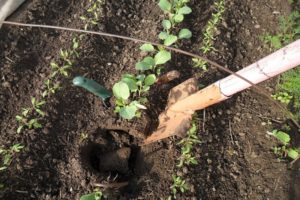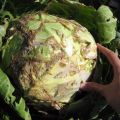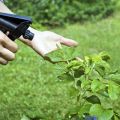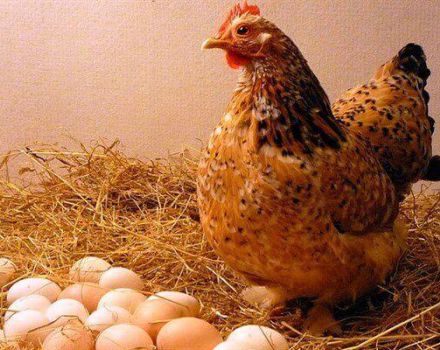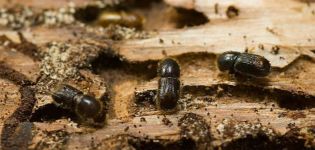Why cabbage leaves wither and what to do, how to water
The first ten days after planting cabbage seedlings in the ground is a difficult period, both for plants and for the summer resident. Until the seedlings get stronger, they need to be sheltered for 5 days from the direct rays of the sun with any items: covering material, old boxes from under the seedlings, buckets, boxes. If this is not done, the leaves of the seedlings in the sun can lose most of their moisture. The roots at this time are still weak and will not be able to provide the plant with the necessary moisture, the seedlings disappear.
Until the time the summer resident chops down the cabbages, cabbage can be threatened by infections (keela, black leg), insects (aphids, cabbage fly, cruciferous flea, cabbage moth). In order not to be left without a crop, you need to identify pests and symptoms of diseases in the garden in time.
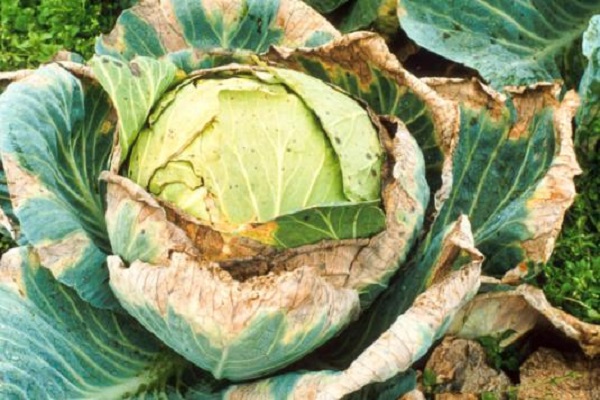
Why do cabbage leaves wither
Keela is a very common cabbage disease, both in the seedling stage and during its active growth. The main signs of a keel can be seen on the roots. In diseased plants, compaction forms on the roots.
At the initial stage, the growths are painted in a pale yellow color, by the time the cabbage dies, they darken. Root damage leads to insufficient nutrition of the seedling, it stops growing, the head of cabbage does not form, the cabbage leaves wither.
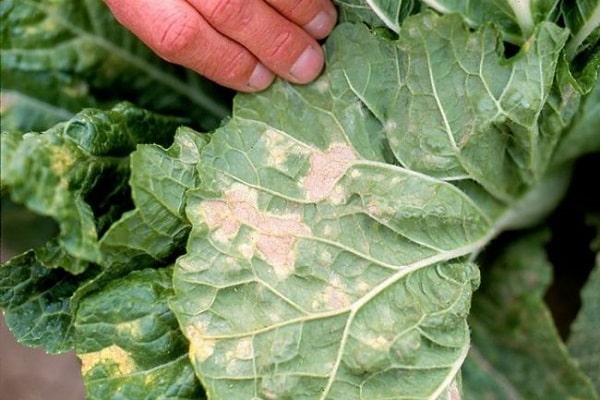
What a summer resident should do and is it possible to save a sick cabbage
It makes no sense to engage in treatment if the keela has affected seedlings or an adult plant. The disease is caused by a harmful fungus that remains in the ground for six years. The first thing a summer resident should do is remove and burn all diseased plants.
Factors causing the disease:
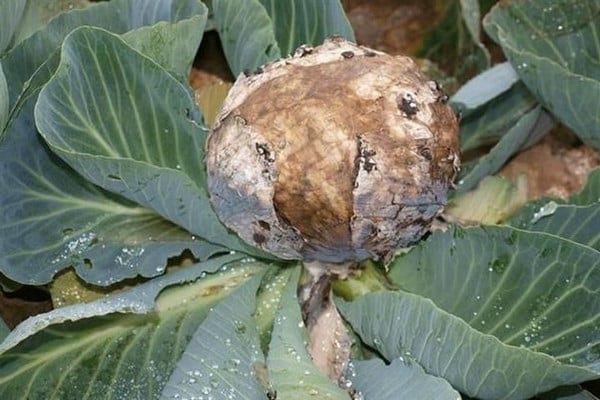
- acidic soil;
- high soil moisture;
- soil warmed up to 20-25 °
Cultivation of cabbage on the ridge where the keel was found should not be done for 5-6 years. In autumn, the soil must be cleaned of all plant residues and disinfected. Use bleach for disinfection. The concentration critical for the fungus is 200 g per sq. m.

Spring preventive measures
Plant seeds for seedlings in purchased soil. Garden soil is more likely to contain keel spores. So that the future plant does not disappear, treat the seeds with a manganese solution and only then sow. Plant the cabbage ridge, where the keela was, with tomatoes, pepper or garlic. Solanaceous crops are able to cure the soil from keel in 3 years. Plant cabbage seedlings instead of potatoes or tomatoes.

List of spring preventive measures:
- shed the ridge a few days before the transplant with Bordeaux liquid (1%);
- prepare milk of lime from water (10 l) and lime (1 glass), pour 0.5 l into each well;
- all summer long on the ridge with cabbage to loosen the ground.

Why seedlings wither
Because of the black leg among summer residents, not only cabbage seedlings often die, the disease affects flower crops, tomatoes. It is possible to suspect a disease if, for some unknown reason, the cabbage seedlings wither, fall, and thinning appears in the root zone. The reasons for the appearance of a black leg can be different. Starting with sowing fungus-infected seeds.
Summer residents often take land for seedlings in their gardens, and it may contain the causative agent of the disease. Overgrown planting and improper seedling care are very common causes of fungal infection.
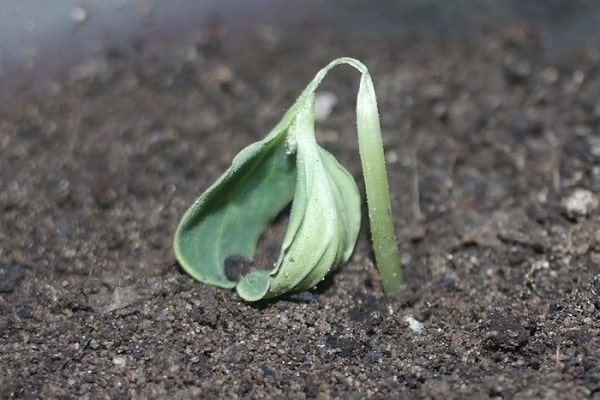
When an inexperienced gardener sees that the cabbage is withering, he, first of all, begins to water the seedlings. This is a gross mistake, if the seedlings wilted, this does not mean that they need water. Excessive watering can spread the infection.
When the cabbage withers, the soil moisture is checked, the roots of the plant are examined. The root system affected by the fungus is easy to recognize. Thin fibrous roots are absent, the root is not developed, dark in color, there may be signs of decay. Immediately after the diagnosis is clarified, all seedlings affected by the black leg must be dug up and destroyed.
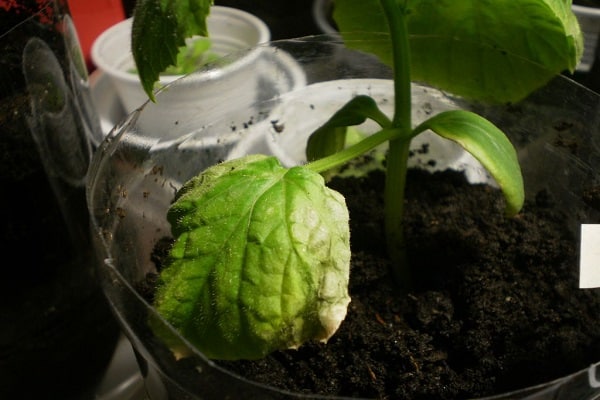
If the cabbage is sick with a black leg, it cannot be cured. You need to save the remaining seedlings. Pour boxes with seedlings with a pink solution of potassium permanganate and take them out to a cool room. Provide seedlings with adequate lighting, spray with Epin to stimulate local immunity.
Prevention
Blackleg prevention is the most effective way to fight for healthy seedlings. Prevention measures are not complicated:

- treat the seeds before planting with a solution of fungicide or manganese;
- sow in steam, heat or fungicide treated soil;
- if sowing for seedlings is carried out in the land taken from the garden, then do not take it from cabbage beds, take it from tomato or potato;
- seedlings with a diseased root system should not be planted in the garden, they must be completely destroyed.

Why do cabbage leaves turn yellow and wither
Young plantings of cabbage look terrible. The seedlings planted recently have wilted, the lower leaves of it are all covered with small holes. If you look more closely, you can see the reason - a small black insect, a cruciferous flea.
If no control measures are taken, insects can destroy young cabbage seedlings in a few days. Leaves damaged by insects dry out. Some summer residents use chemistry, others choose less toxic methods of struggle, use folk recipes.
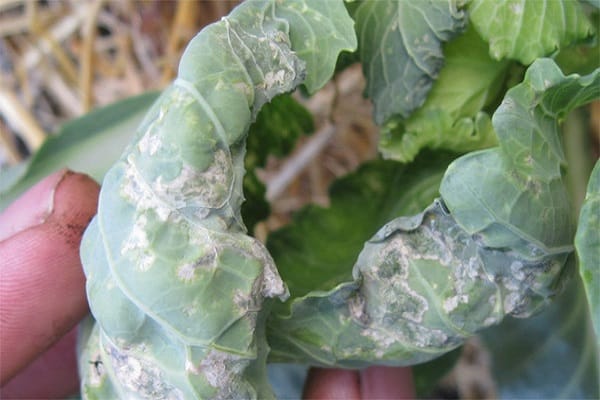
Folk methods are effective if the seedlings only slightly wilted and the disease is caught at the very beginning. You should always have an infusion of tomato tops or dandelion roots ready. Sprinkle each bush with them. Sprinkle the soil around the seedlings with ash or tobacco dust.
Chemistry is not contraindicated. The cabbage is still young, the heads of cabbage are just beginning to wrap themselves up and, without consequences for their health, you can spray them with any of the preparations: "Intavir", "Commander". The rain that has passed after the treatment washes away all traces of the drug, therefore, the cabbage leaves are sprinkled again.
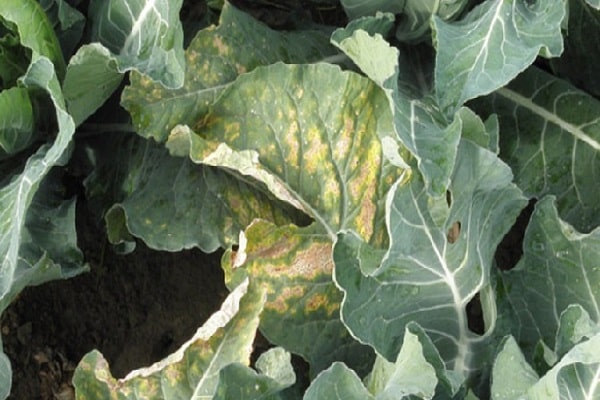
Aphids on cabbage
After protracted summer doges, when the sun comes out, you need to carefully examine the cabbage leaves. When the weather changes, aphids can attack them. This insect will not be able to destroy an adult plant. The leaves do not dry, but their quality decreases. Aphid colonies settle on the back of the leaves, in order to see the insect, you need to turn them away.
You need to fight aphids in simple ways without the use of chemicals. Leaves can be rinsed with plain water using a hose stream. Rinse the soil under the bushes and dust with a layer of wood ash. After 2 days, repeat the treatment.
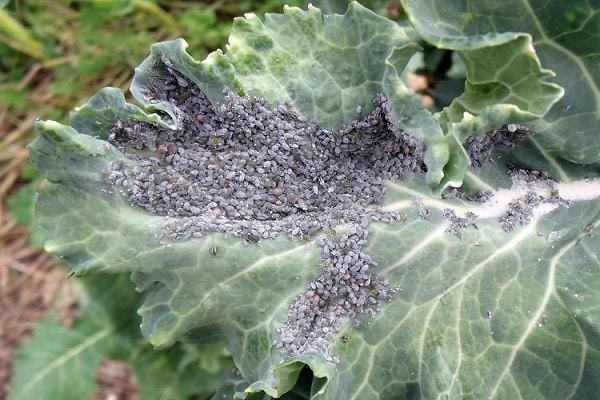
Saving the harvest from the cabbage fly
The summer years of the cabbage fly can destroy the crop, it occurs in mid-June. Flies lay their offspring on cabbage leaves. The larvae, hatching, live in the root, gradually damaging it. Cabbage infected with a pest becomes lethargic. The leaves take on a bluish tint. It is difficult to understand why the plant stops growing, since the larvae are difficult to find, they are small.
To protect cabbage from flies, a number of preventive measures should be taken in the spring:

- before transplanting, treat seedlings with Topaz solution (1 ampoule per bucket of water);
- when preparing the ridge, add Zemlin (3 g / sq. m) to the ground;
- during the summer of the cabbage fly, treat cabbage leaves 2 times with Iskra, the interval between treatments is 7 days.
In June, when the years of the cabbage fly are possible, experienced gardeners advise to shovel the soil off the stem and replace it with another. Some people sow tansy, coriander, and marigolds between cabbage rows to scare away a harmful insect.
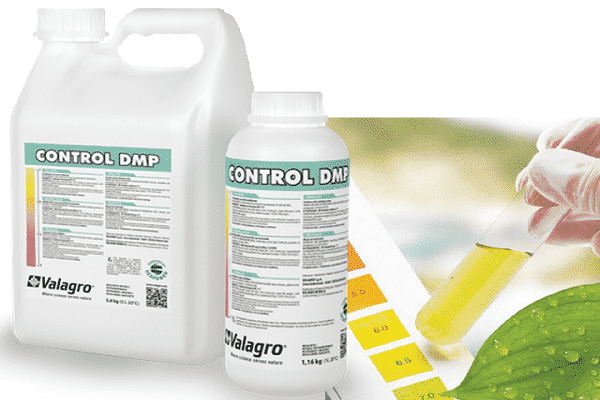
A special transparent mesh can be purchased at the gardening store. The fly will not be able to penetrate the cabbage if the net is pulled over the bed and pinned along the edges. In the rain, the net can be removed, since the fly does not fly in such weather.
Copper sulfate helps with many pests. On its basis, you need to prepare a soap solution. Dissolve 1 tbsp in a bucket of water. l. soap shavings, take tar soap and a tablespoon of copper sulfate. Spread the solution on the leaves at 3 week intervals.
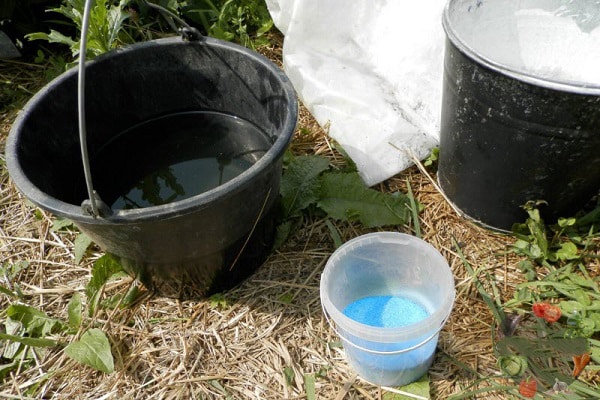
Inspect cabbage leaves throughout the season. At the first sign of infection, start pest or infection control.

